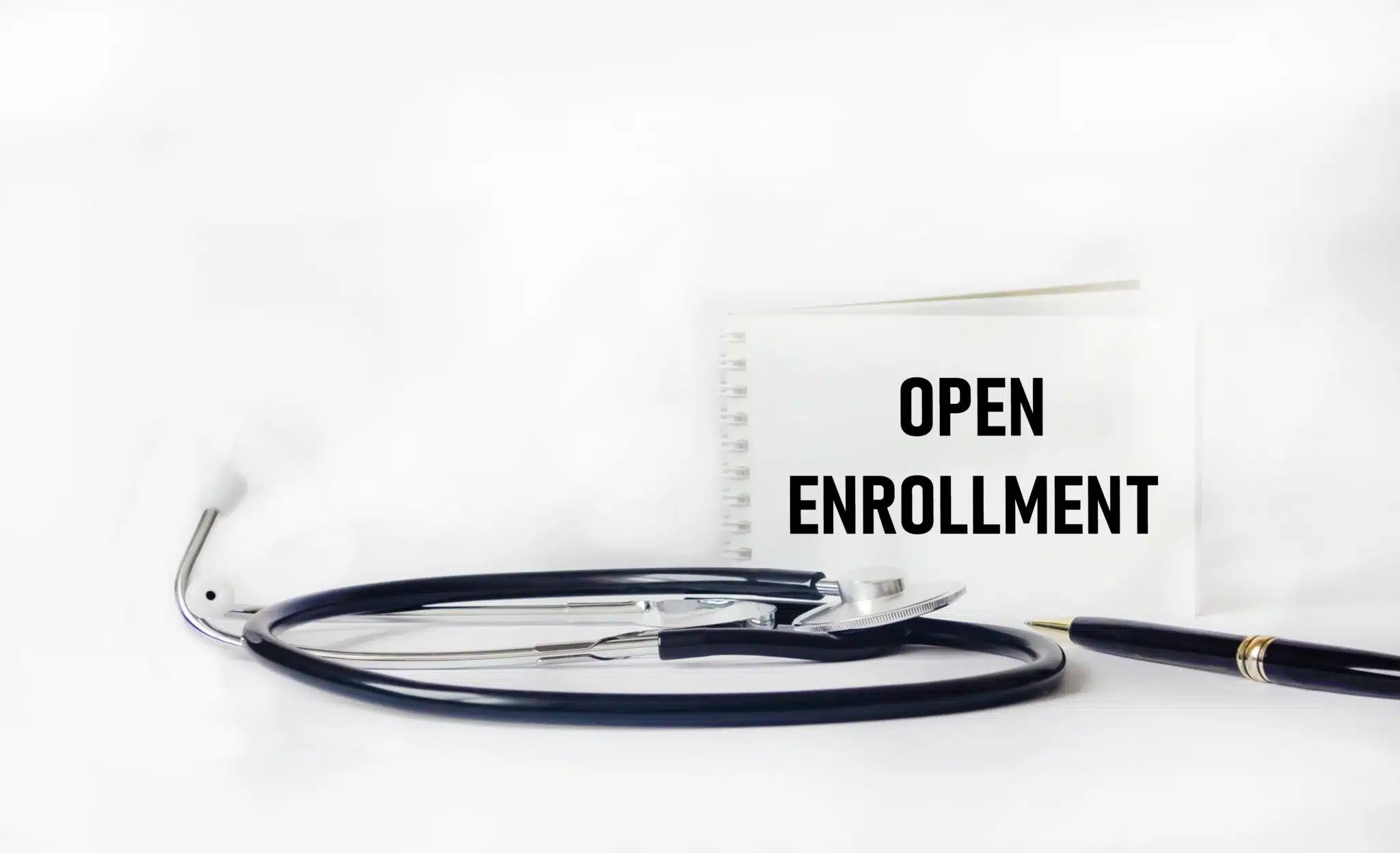Preparing for Open Enrollment and the Language Services You Need Now
Open Enrollment puts pressure on internal teams and member services. Call volumes rise, timelines shrink, and documents must be accurate, accessible, and delivered on schedule. Even small delays can lead to confusion or frustration for members trying to make timely decisions.
Language access isn’t optional. Federal and state regulations require it, and so do the needs of the populations health plans serve. Accurate translations and timely interpreter access help members review options, compare plans, and complete enrollment with confidence.
When language support is built into planning conversations early, teams can avoid last-minute changes and give vendors time to produce materials correctly the first time. This leads to smoother internal workflows and better support for members.
Why Language Access Is a Core Part of Open Enrollment
Many members need support in a language other than English to fully understand their health plan options. Without translated materials or interpreter access, they may miss important details like coverage limitations, enrollment windows, or benefit changes.
Regulations such as Section 1557 require health plans to provide meaningful language access to individuals with limited English proficiency. But meeting those requirements also supports better outcomes. Members who understand their plan choices are more likely to select the right coverage and use their benefits correctly throughout the year.
What to Prepare Ahead of Time
Several key materials should be translated before enrollment begins. This includes benefit guides, SBCs, and required notices that help members understand costs, coverage, and timelines. Preparing these in advance reduces rush requests and gives more time for review.
Interpreter access should also be planned for call centers, enrollment fairs, and help desks. Demand often spikes during peak enrollment periods, and interpreter schedules fill quickly.
Members with disabilities may need alternate formats such as large print, braille, or video with captions. These should be identified and addressed early to stay compliant and reduce rework.
Coordination with print vendors or digital platforms ensures final files are formatted correctly and ready to be sent or published without delay.
Common Language Service Challenges During Open Enrollment
Tight timelines and high demand can create challenges for both internal teams and language providers. Interpreter availability may be limited, especially in less commonly requested languages.
When content is delayed or source files are incomplete, translation work stalls. This can affect rollout schedules and require updates after materials have already gone out.
Using outdated files from the previous year without confirming current changes can also result in errors. Even small wording shifts can lead to noncompliance or misunderstandings that affect enrollment.
How to Set Your Team Up for Success
Start by finalizing source content as early as possible. This allows language teams to get started without waiting and helps avoid stacked deadlines.
Review past enrollment periods to identify the languages most frequently requested. This makes it easier to prepare materials in the right order and reserve interpreter support in advance.
Early coordination with your language provider gives them more room to work, especially if formatting, legal review, or compliance checks are needed.
Build time into your schedule for review and formatting, not just the translation itself. This gives your team a chance to catch any last edits before materials are released.
Language Planning Makes Open Enrollment Smoother
When language services are part of the preparation, internal teams work more efficiently and members receive better support. Fewer last-minute changes means fewer delays and fewer risks of errors.
Propio supports Open Enrollment with language services that meet legal requirements, scale to high volumes, and align with your internal processes and timelines.








